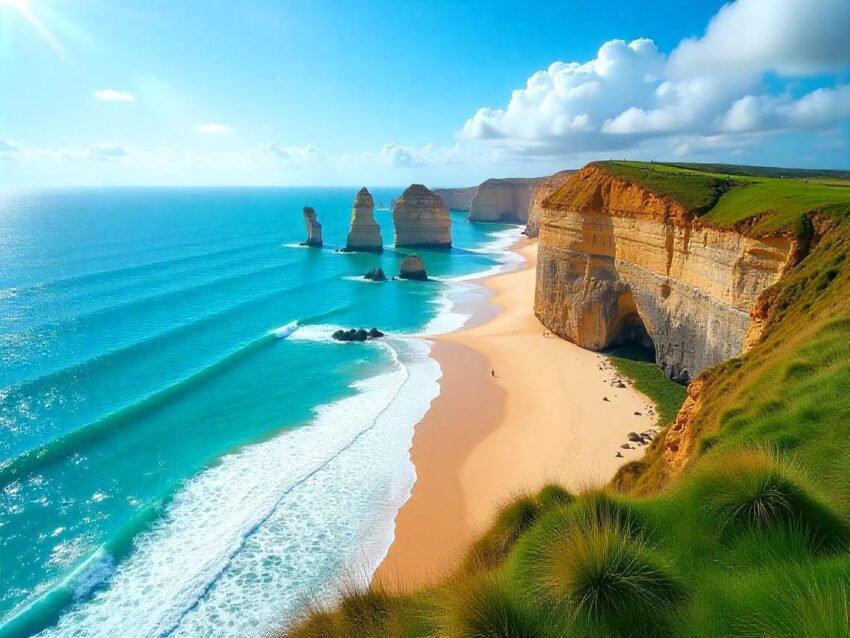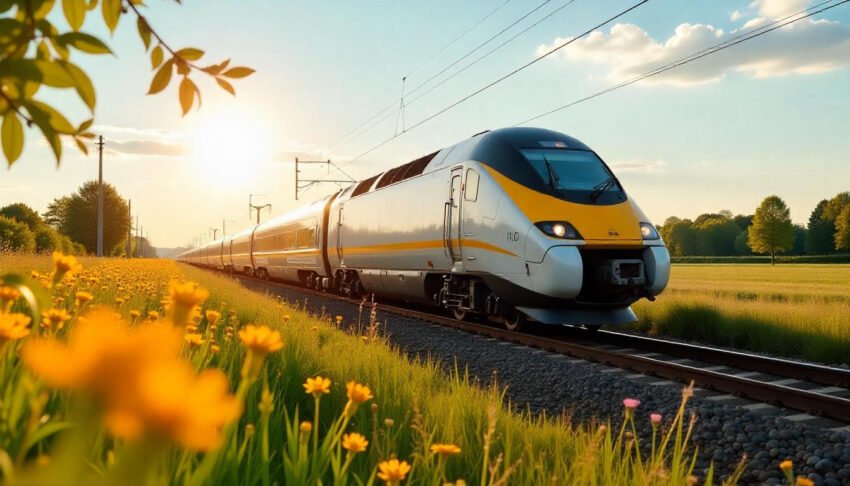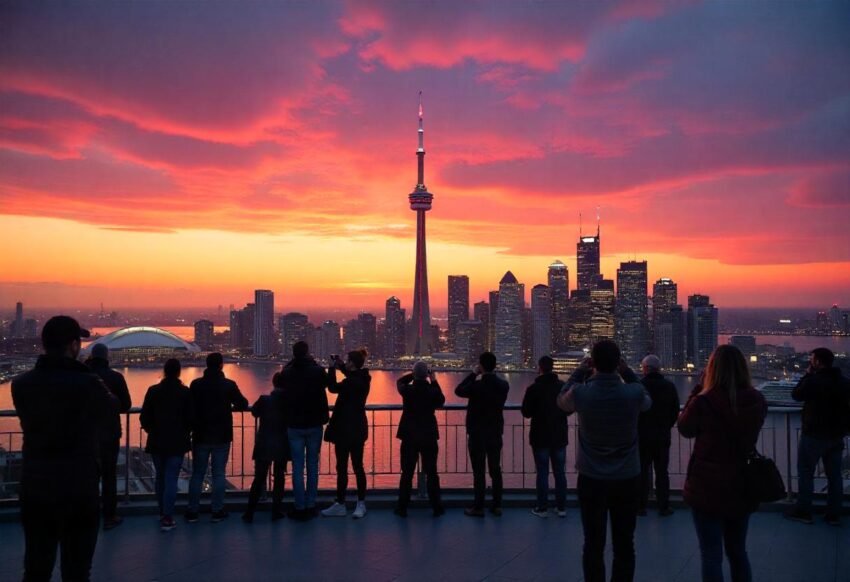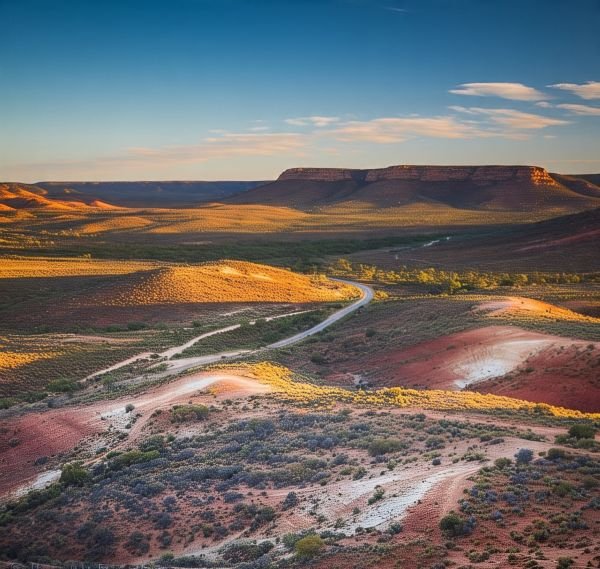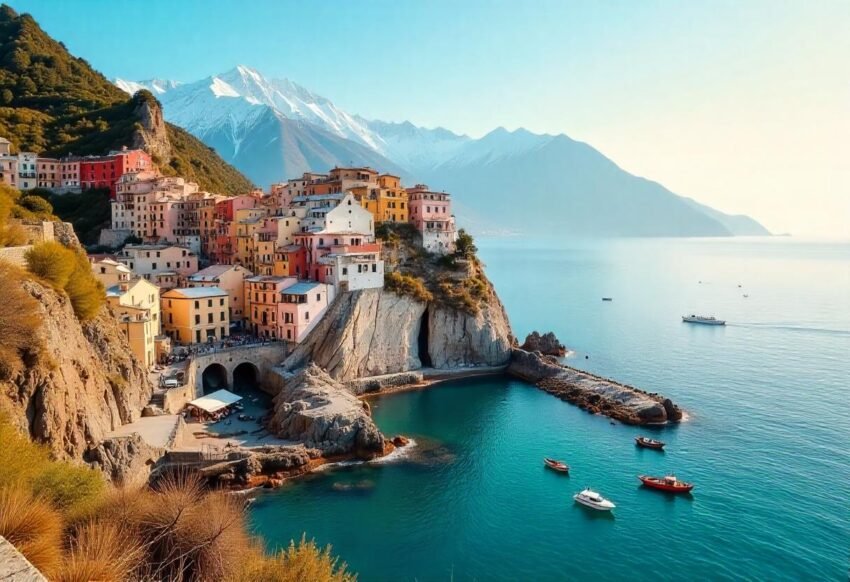Sunday, July 6, 2025

Once a peaceful retreat in the heart of the Peak District, the village of Castleton in the United Kingdom is now grappling with the overwhelming consequences of viral social media fame, as a dramatic surge in tourist numbers has led to widespread environmental damage, traffic gridlock, and deep frustration among locals. Residents report that irresponsible visitor behaviour—including littering, illegal parking, and even defecating in public spaces—has eroded the natural beauty and tranquility of the area, while key roads are often blocked and walking paths worn down from overuse. With the village’s infrastructure stretched to its limit, calls are growing for urgent measures such as improved public transport and potential vehicle charges to protect Castleton’s fragile environment and restore order to this once-idyllic destination.
Castleton in Crisis: Tourists Flood Peak District Gem, Sparking Pleas for Urgent Action from Frustrated Locals
The picturesque village of Castleton, nestled in the heart of Derbyshire’s Peak District, is facing a mounting crisis. Once a haven of peace for walkers, nature lovers, and history enthusiasts, this scenic spot has become overwhelmed by an unprecedented wave of tourism — fuelled in large part by social media. Now, Castleton’s residents are speaking out about the growing strain placed on their community and the natural environment.
From Hidden Gem to TikTok Sensation
Set against the backdrop of Mam Tor, one of the Peak District’s most famous hills, Castleton has seen its popularity soar in the wake of the COVID-19 pandemic. Online platforms like TikTok and Instagram have played a major role in driving footfall to the village, with influencers and travel bloggers showcasing its dramatic landscapes, limestone caverns, and quaint charm.
However, the digital spotlight has come at a cost. Visitors in growing numbers are reportedly ignoring local guidelines, trampling through sensitive ecological zones, discarding rubbish, and even defecating in open areas — acts that have left many locals dismayed.
Inconsiderate Parking and Traffic Chaos
One of the most pressing complaints from Castleton residents is the overwhelming traffic congestion. On busy weekends and holidays, visitors park on verges, block driveways, and restrict access to emergency vehicles by clogging narrow village lanes.
Several key roads leading to and around Mam Tor frequently become impassable. Some locals report that they now avoid going out during peak hours due to the gridlock and stress caused by unmanaged visitor traffic.
Environmental Erosion and Littering
The footpaths leading up Mam Tor and surrounding hills are suffering from significant erosion due to the sheer volume of footfall. Paths once maintained through responsible tourism are now visibly damaged, and in some cases, diverted. Alongside the damage to trails, the volume of litter — from food packaging to discarded clothing — has increased exponentially.
More disturbingly, residents and park authorities alike have reported finding human waste left in public areas, with some blaming a lack of public toilet facilities combined with irresponsible behaviour from visitors.
Calls for Transport Reform and Tourist Education
Local leaders argue that part of the solution lies in transforming how people access the village. There is growing support for improving public transport links into Castleton and surrounding areas. With better bus and rail connections, it’s hoped that fewer visitors would rely on private vehicles, easing the burden on local infrastructure.
Residents and councillors also want to see improved visitor education — urging tourists to respect the countryside code, stay on designated paths, and take their rubbish home. Awareness campaigns at key entry points, along with signs and park wardens, are among the proposals gaining traction.
ULEZ-Style Charge Proposed for Vehicle Access
One local councillor has gone further, proposing the introduction of a low-emission-style charging zone — a concept inspired by London’s ULEZ (Ultra Low Emission Zone). The suggested scheme would require drivers entering the area to pay a fee, discouraging unnecessary car travel while raising funds to support conservation and infrastructure.
Such a system could prove controversial, particularly among visitors who see the Peak District as one of the few affordable UK holiday options. However, advocates say it may be the only viable way to balance tourism with sustainability.
Funding Allocated for Transport Improvements
Amid rising concern, there is some hope on the horizon. The East Midlands region has been awarded over £2 billion in government funding to enhance public transport networks through 2031/32. The East Midlands Combined County Authority (EMCA) will determine how this investment is distributed — and Castleton’s residents hope their village will be a priority.
In addition, the EMCA has received £40.5 million under the Local Authority Bus Grant for the 2025/26 financial year, offering further opportunities to enhance access while reducing the environmental footprint of visitors.
Castleton, a once-tranquil Peak District village in the UK, is now overwhelmed by social media-driven tourism, causing environmental harm, traffic chaos, and growing calls for urgent protective measures.
A Tipping Point for Rural Tourism
The situation in Castleton reflects a broader issue facing rural and natural tourist destinations across the UK. As previously quiet corners of the countryside are transformed into viral social media attractions, the infrastructure required to support this growth often lags behind. Without proper planning, the result can be environmental degradation, local frustration, and diminished visitor experiences.
For Castleton, the road ahead requires swift action — balancing the economic benefits of tourism with the needs of the community and protection of the natural landscape. The time has come to rethink how we explore and protect the places we love.
«Enjoyed this post? Never miss out on future posts by following us»


